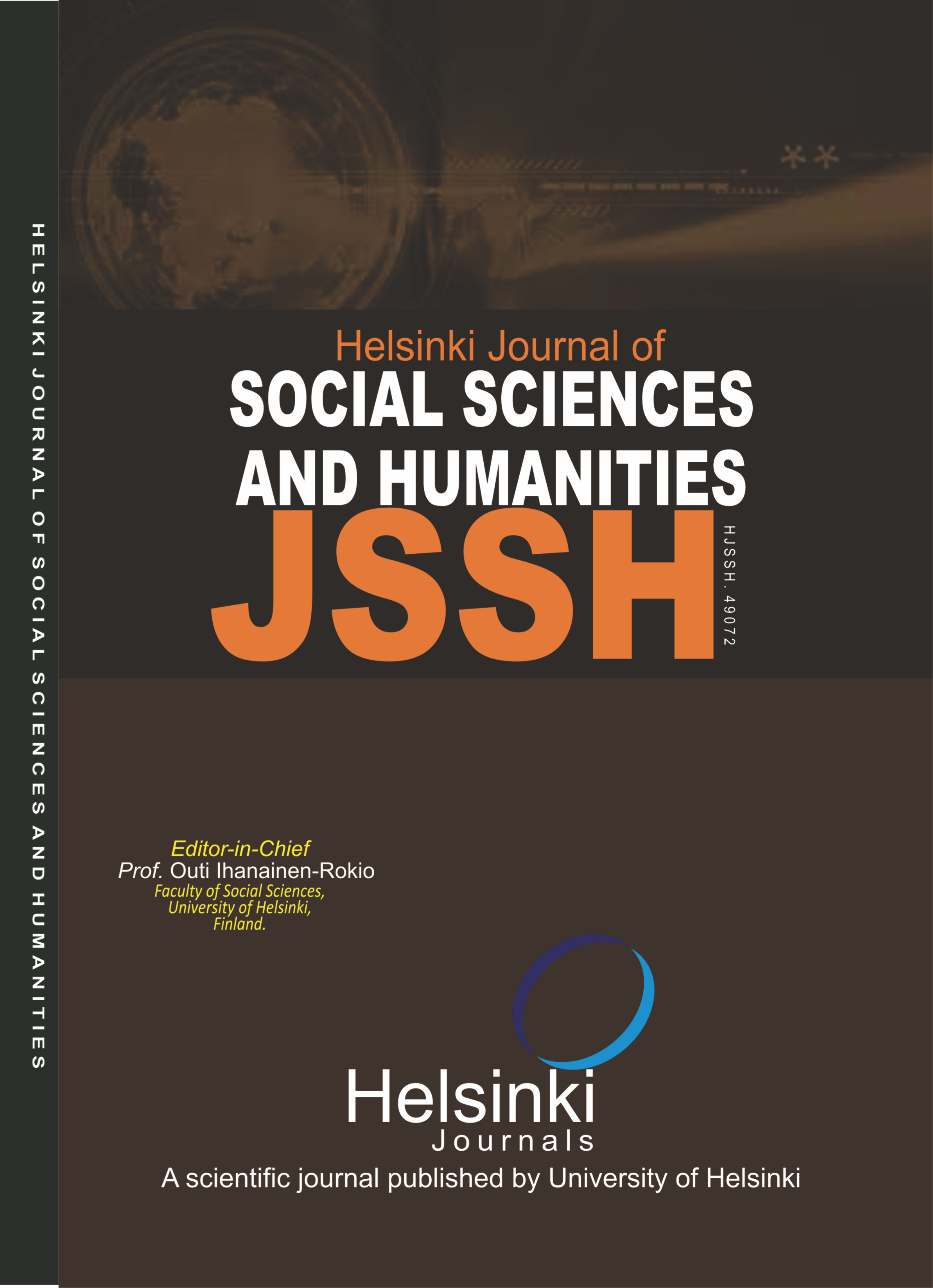HELSINKI JOURNAL OF SOCIAL SCIENCES AND HUMANITIES (HJSSH)
POPULATION MOVEMENTS AND GENE FLOW IN THE 18TH AND 19TH CENTURY-CAMEROON: SYNOPSIS OF CAMEROON’S DEMOGRAPHIC HISTORY
E-ISSN: 7764-9221
P-ISSN: 3442-3567
DOI: https://iigdpublishers.com/article/698
Before and during the 18th century, there was no Cameroon as it is known today. What European traders and missionaries knew about the country was limited to the coastal region. The Arabs from North Africa knew only the northern region of the country. After the Berlin Colonial Conference of 1884–85, the boundaries of the country were arrived at. This followed separate agreements signed by the Germans and the British to the West and with the French to the South, East and North. However, the peopling of Cameroonian territory took place in pre-historic times. However, the movement of populations from diverse directions began a few hundred years ago and continued through the 18th and 19th centuries until it reached its present stage of stabilization and organization. Written evidence indicates that the Pygmies are the oldest inhabitants of the terri-tory, probably followed by the Sao, who established a civilization around the Lake Chad basin in the fifth century. The civilization is said to have attained its apogee in the 15th century. Apart from these two groups of people, there is almost no evidence of any settlements or large-scale movements of people into the area in pre-historic times. There are movements currently underway within the territory, but they are essentially an adjustment of people, moving from overpopulated and less prosperous regions to under populated and more prosperous ones. In the course of the disorderly migrations, most of the groups under-went various social changes that broke them up into numerous subgroups inhabiting isolated geographical areas and developing linguistic, social, and economic lifestyles that were different from one another. However, because of economic and social development in recent years, different peoples have been able to come in contact with outsiders and have ceased to live in isolation. This paper has revealed that several factors necessitated population movements in the 18th and 19th century-Cameroon. Some of the factors were the search for fertile land, the search for trading opportunities, intertribal wars, the payment of tributes and others. The individuals who migrated and reproduced in their locations (settlement sites) contributed to the gene pool of their host populations.
Forka Leypey Mathew Fomine
Bradman, N., & Thomas, M. G. (1998). Genetics: The pursuit of Jewish history by other means. Judaism Today, 10, 4–6.
Cavalli-Sforza, L. L., Menozzi, P., & Piazza, A. (1996). The History and Geography of Human Genes. Princeton University Press.
Dong-Mougnol, G. M. (2005). Migrations interne et problèmes fonciers au Cameroun: Les cas de Makenene et Mbangassina dans la region du Mbam, de 1926 à nos jours [Internal migrations and land problems in Cameroon: The cases of Makenene and Mbangassina in the Mbam region, from 1926 to the present day] [Unpublished doctoral dissertation]. University of Yaoundé 1.
Downie, R. A. (1938). The Native Races of Africa and Madagascar: A Copious Selection of Passages for the Study of Social Anthropology from the Manuscript Notebook of Sir James George Frazer. Percy Lund Humphries & Co LTD.
Eyongetah, T., & Brain, R. (1974). A History of the Cameroon. Longman. Fanso, V. G. (1989). Cameroon History for Secondary Schools and Colleges, Vol. 1: From Prehistoric Times to the Nineteenth Century. Macmillan Publishers Ltd.
